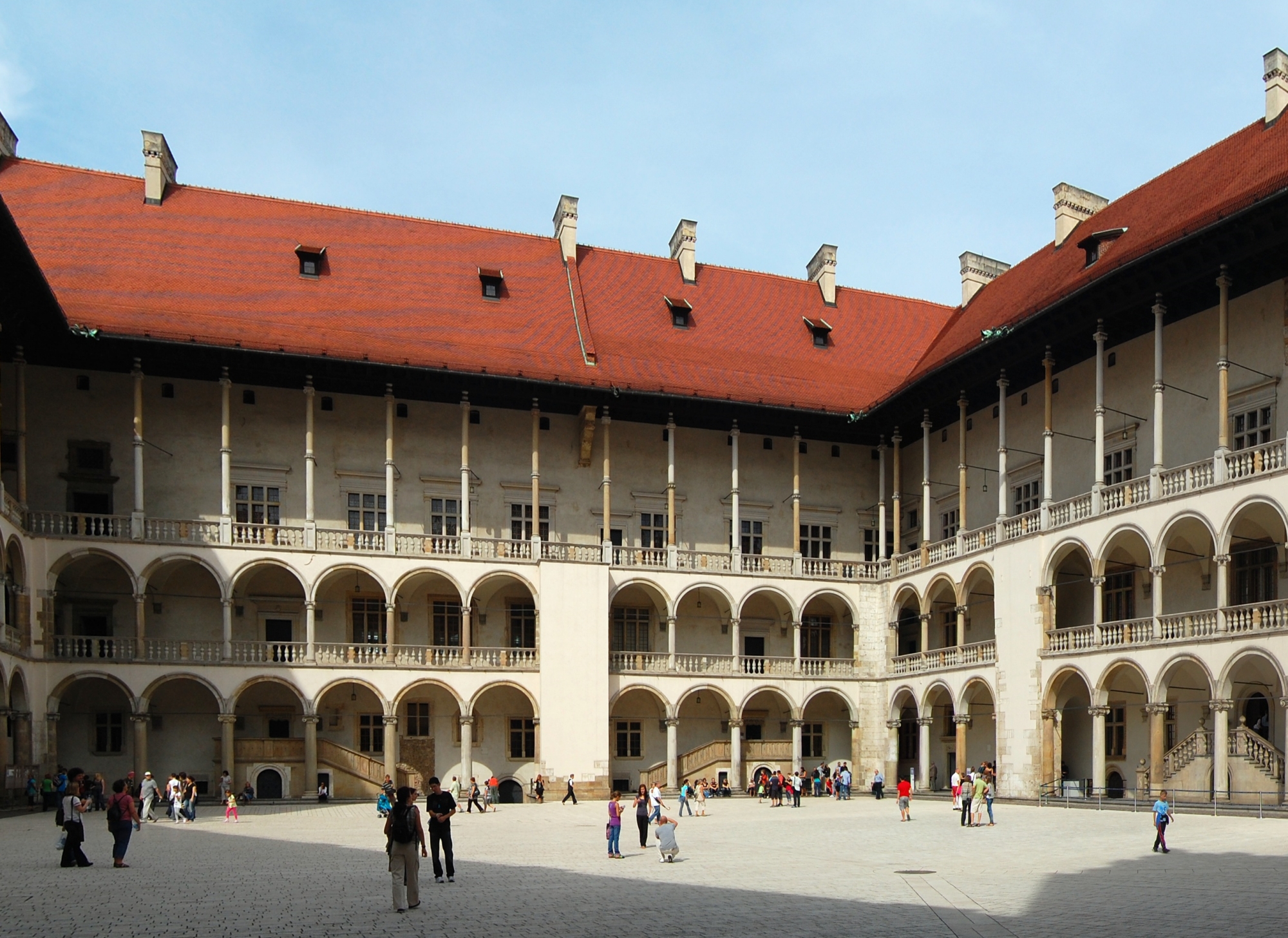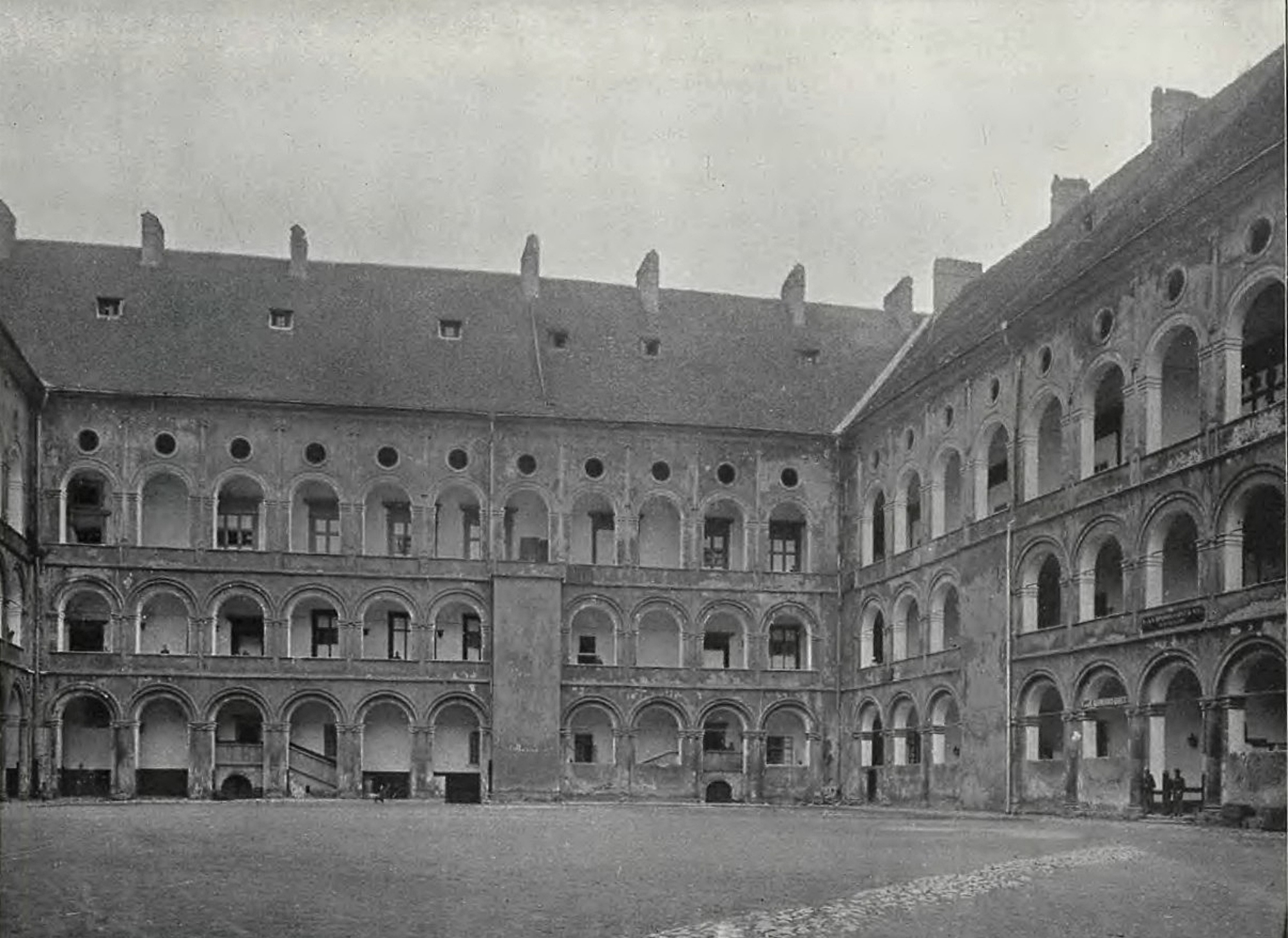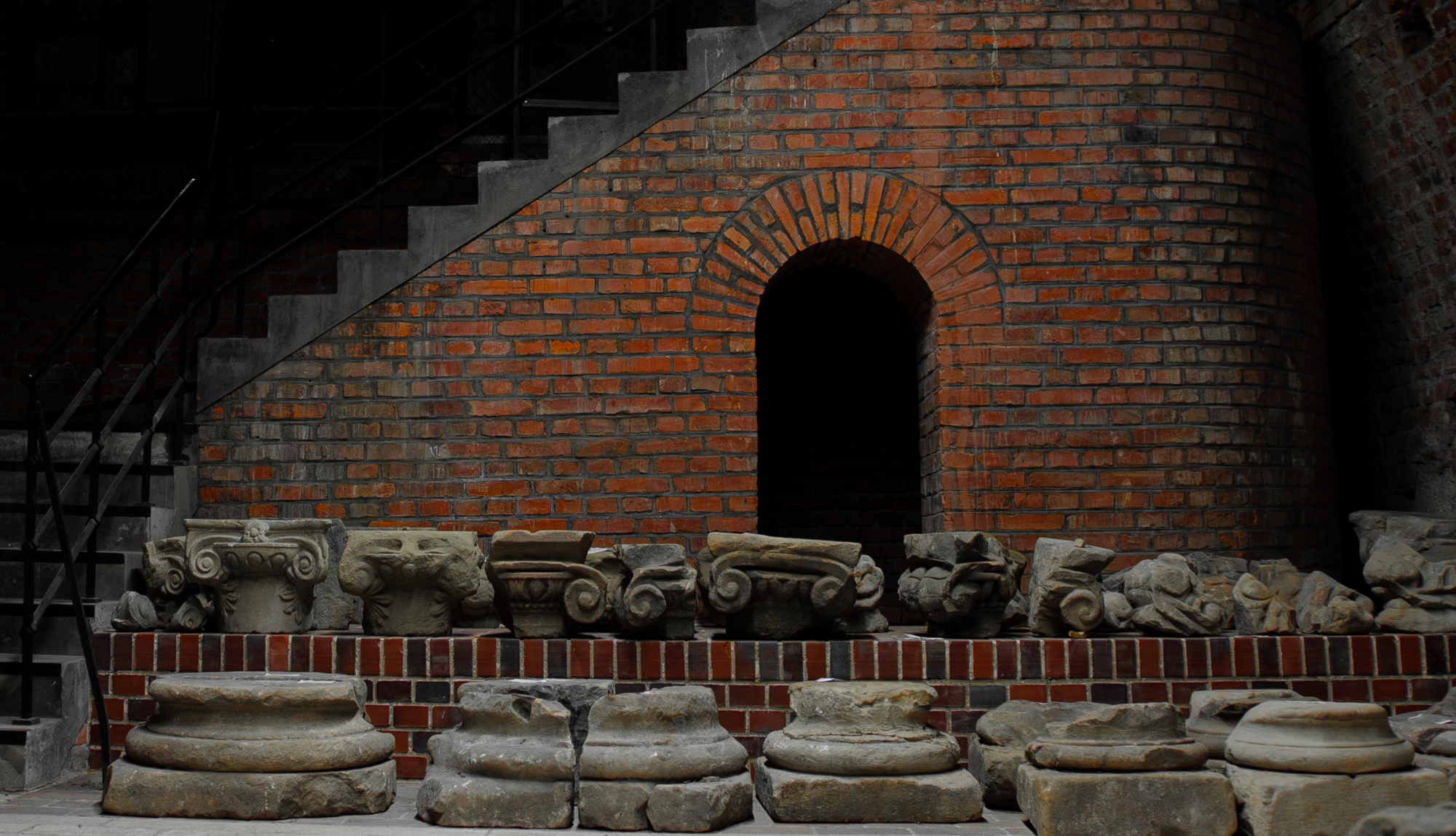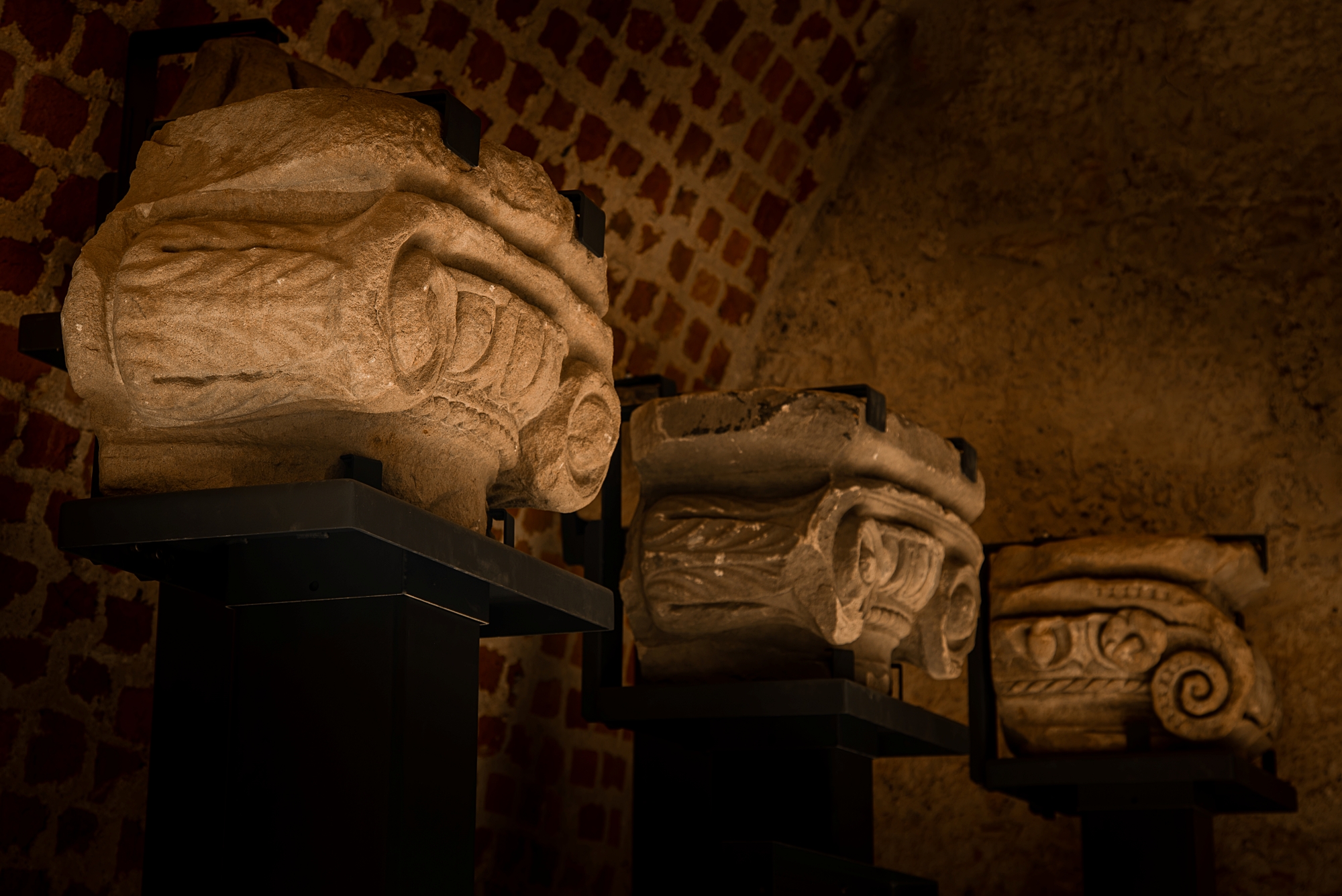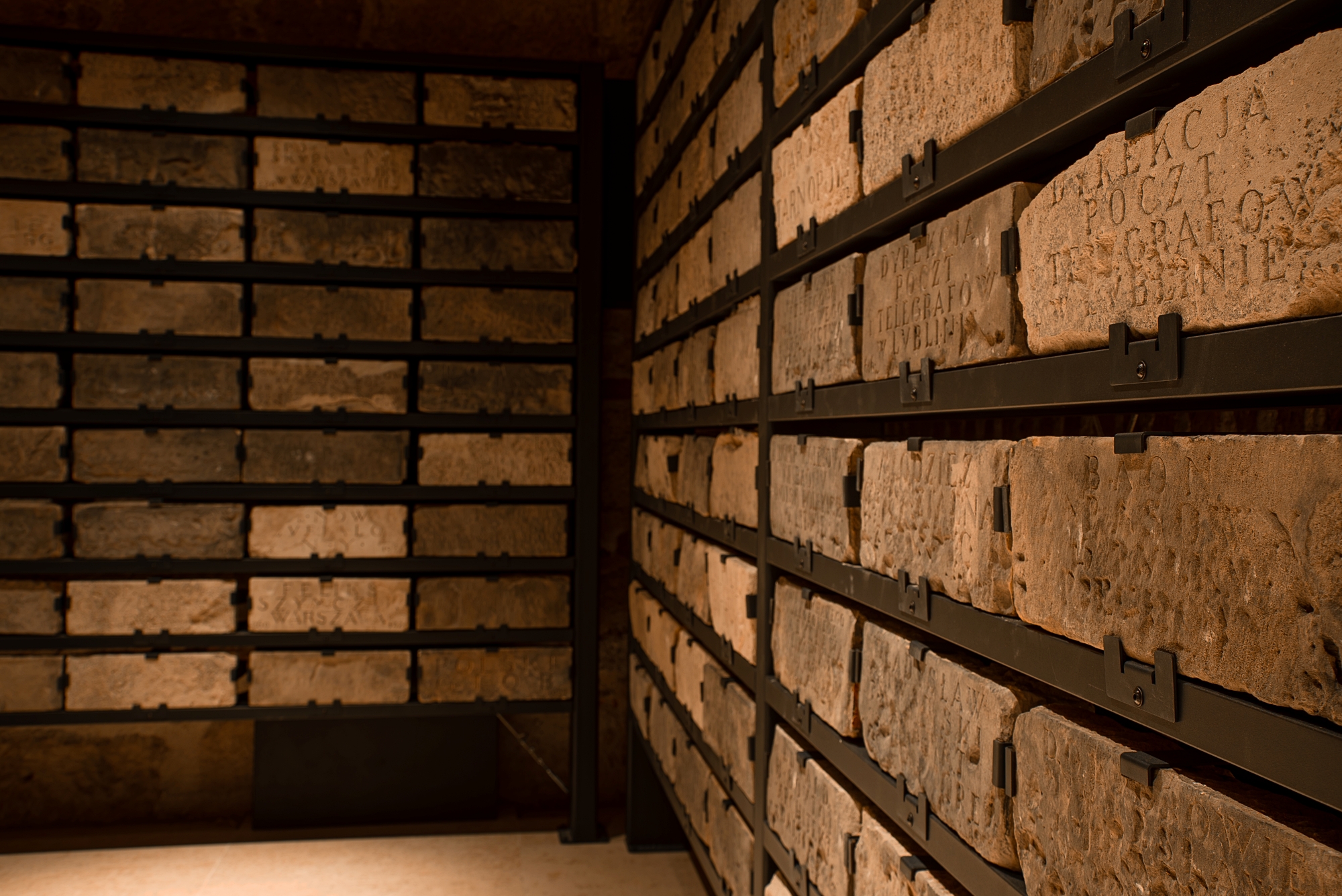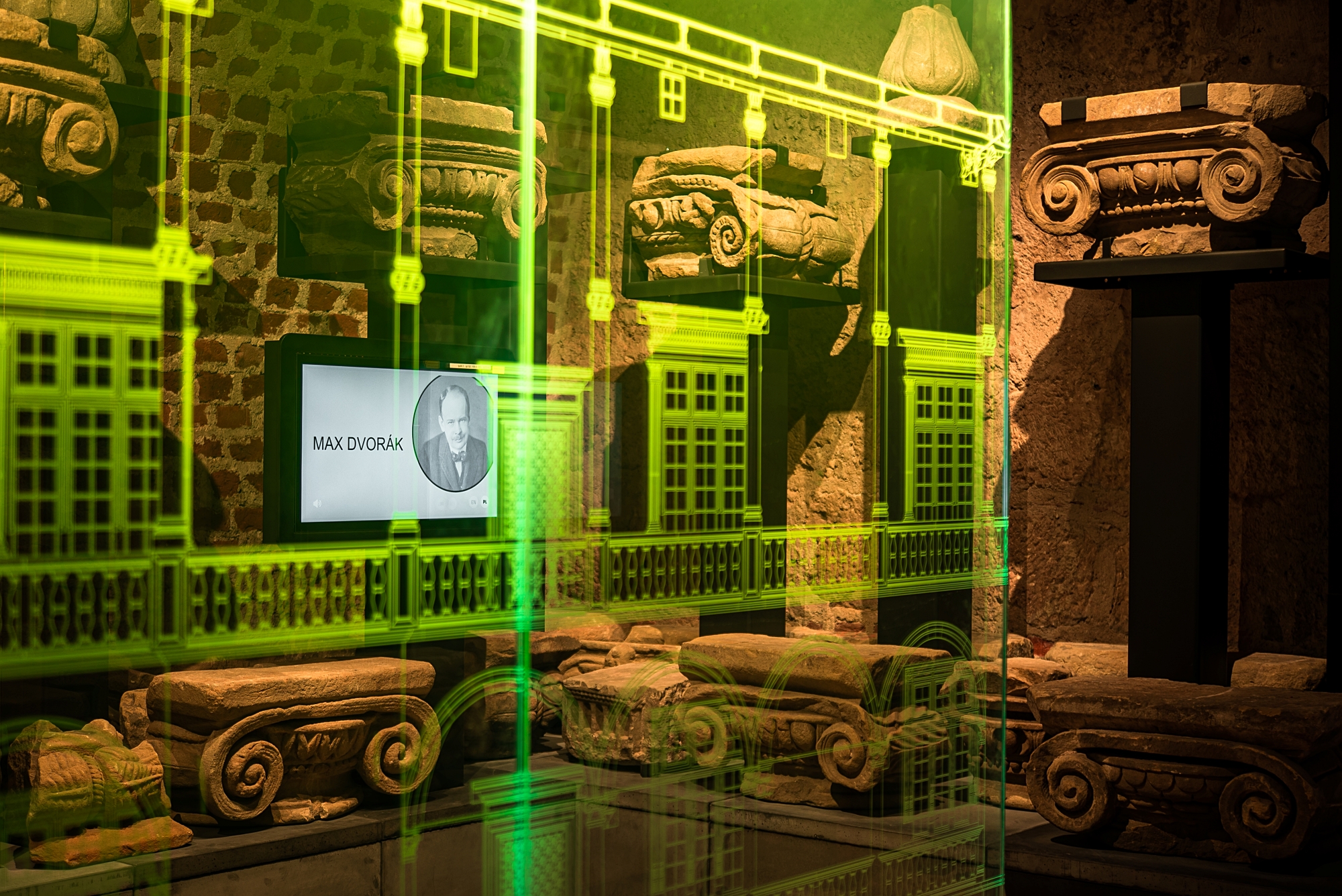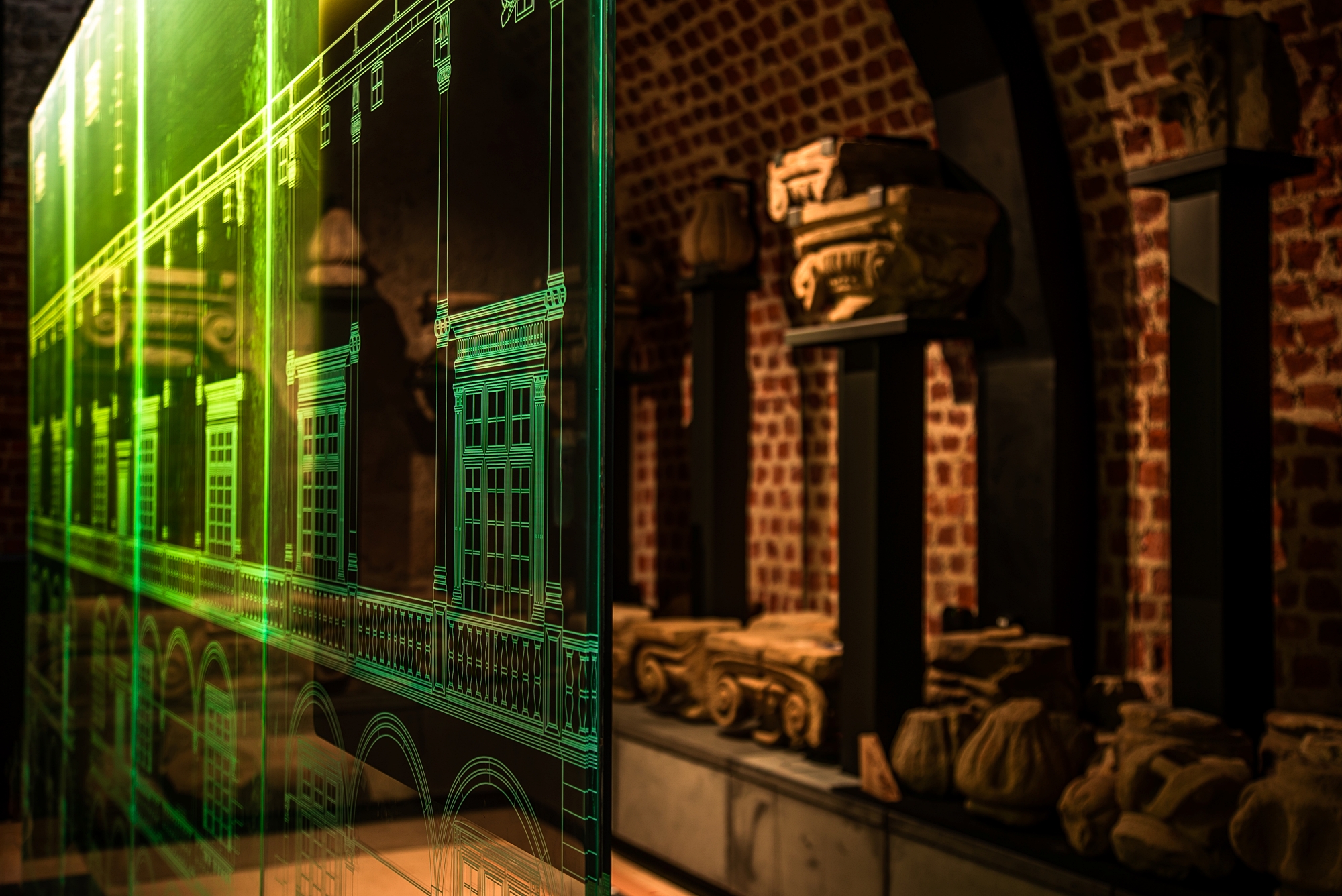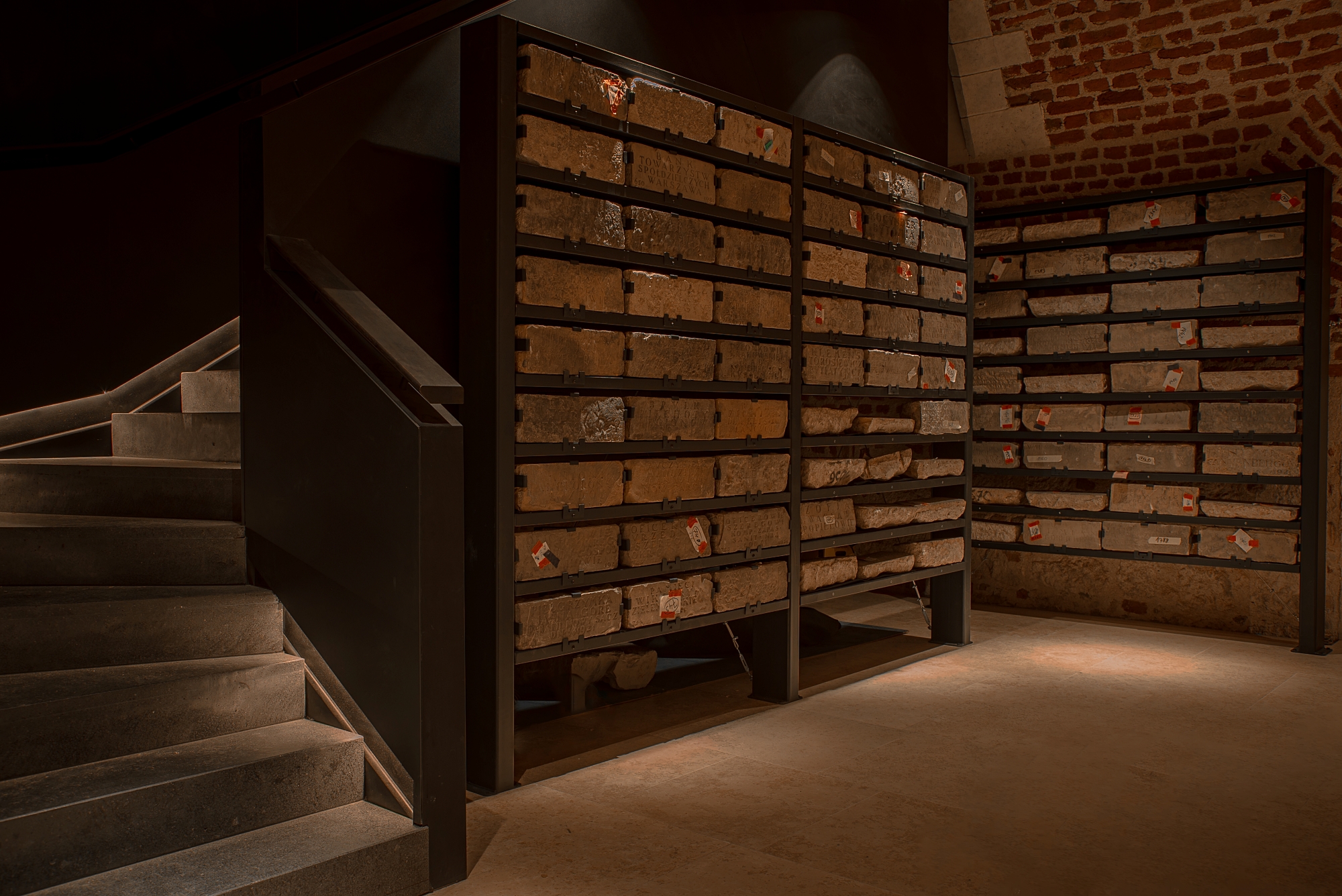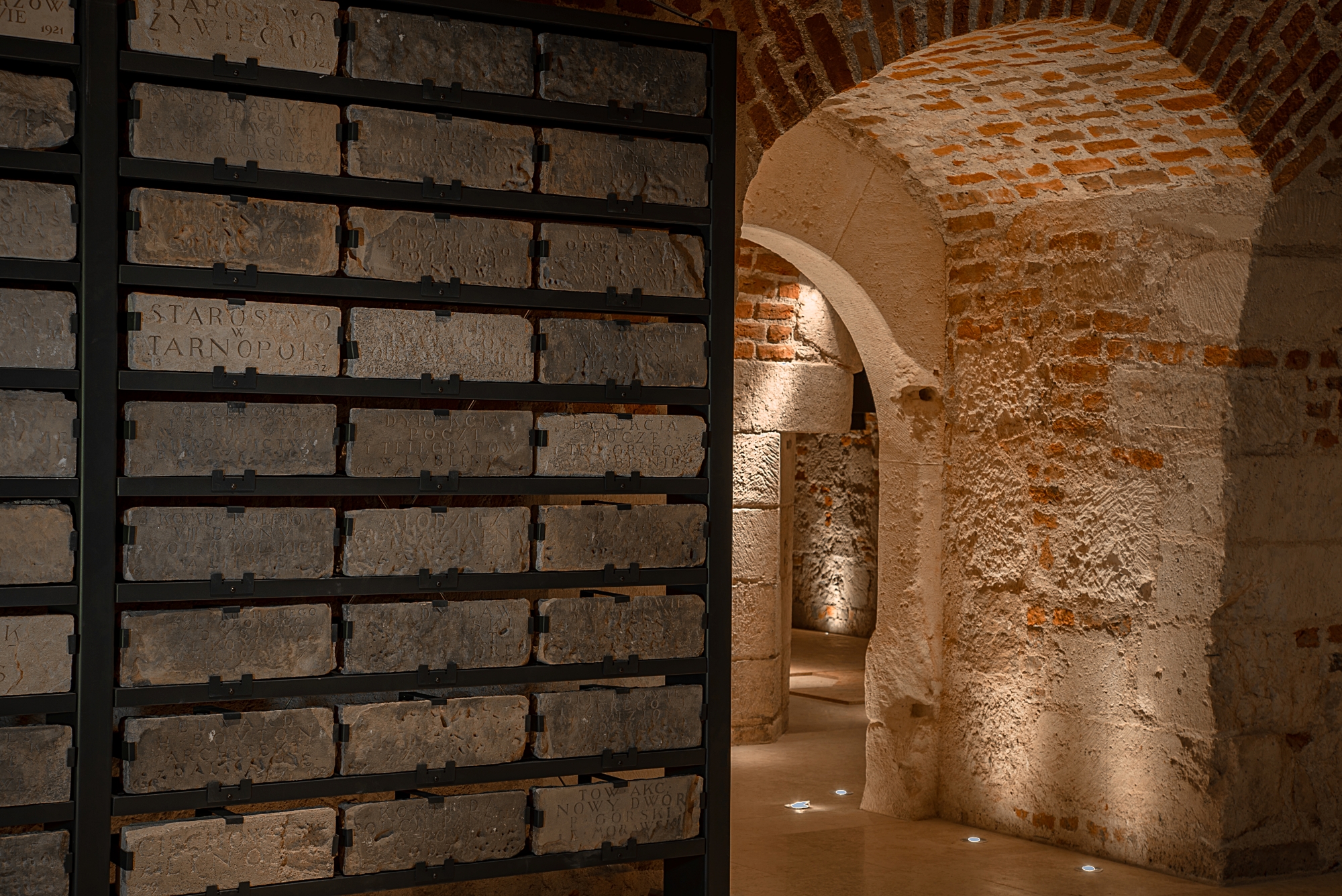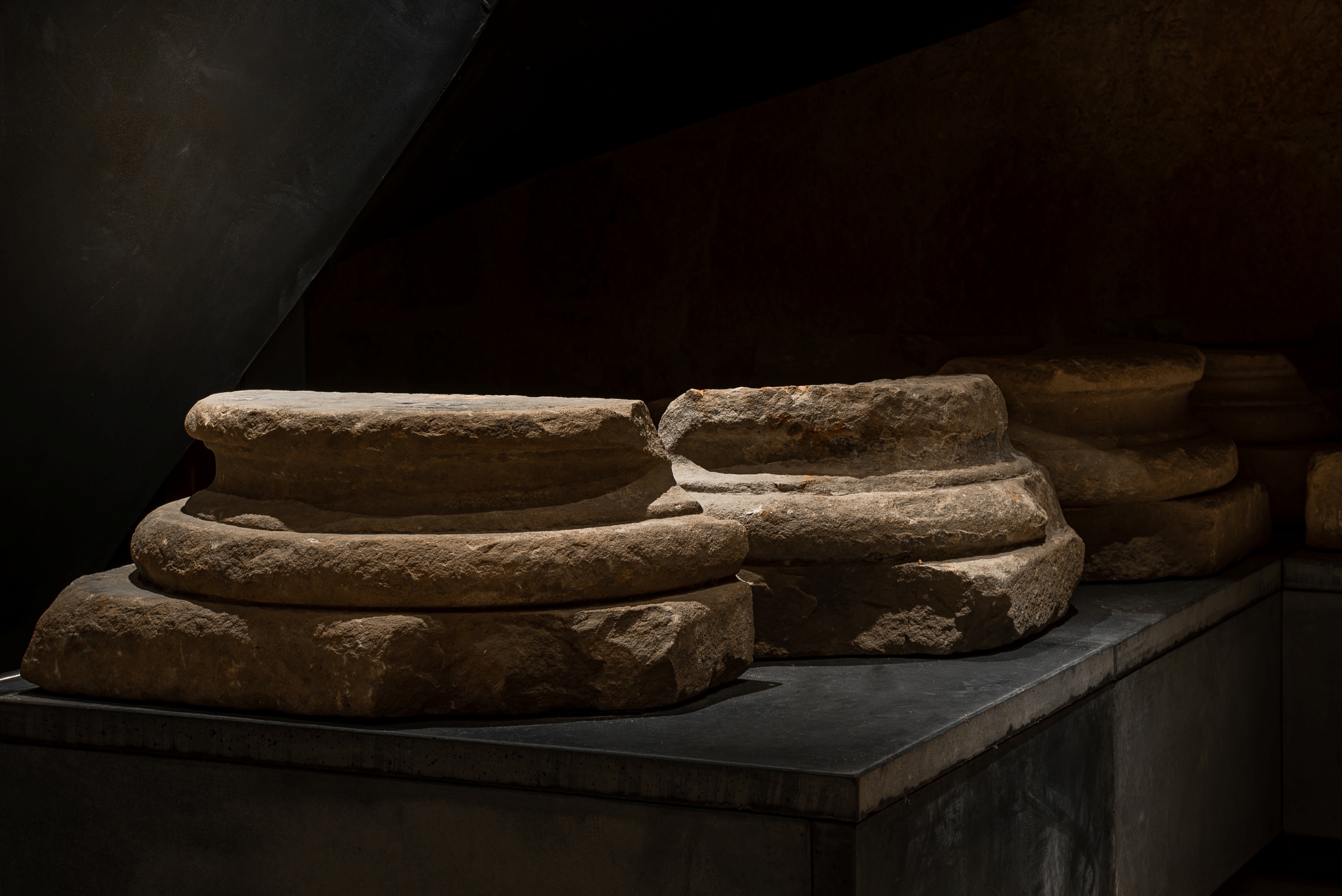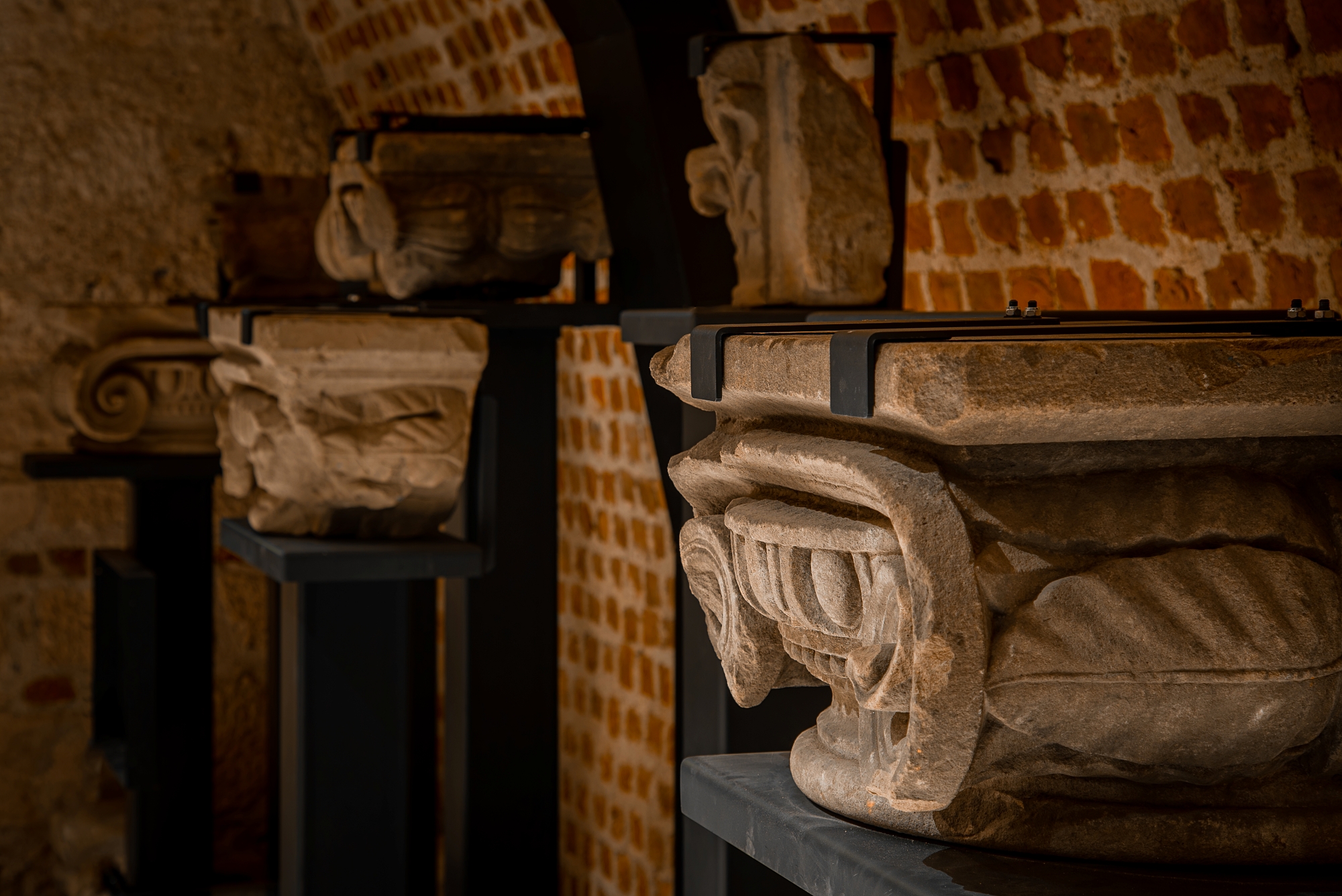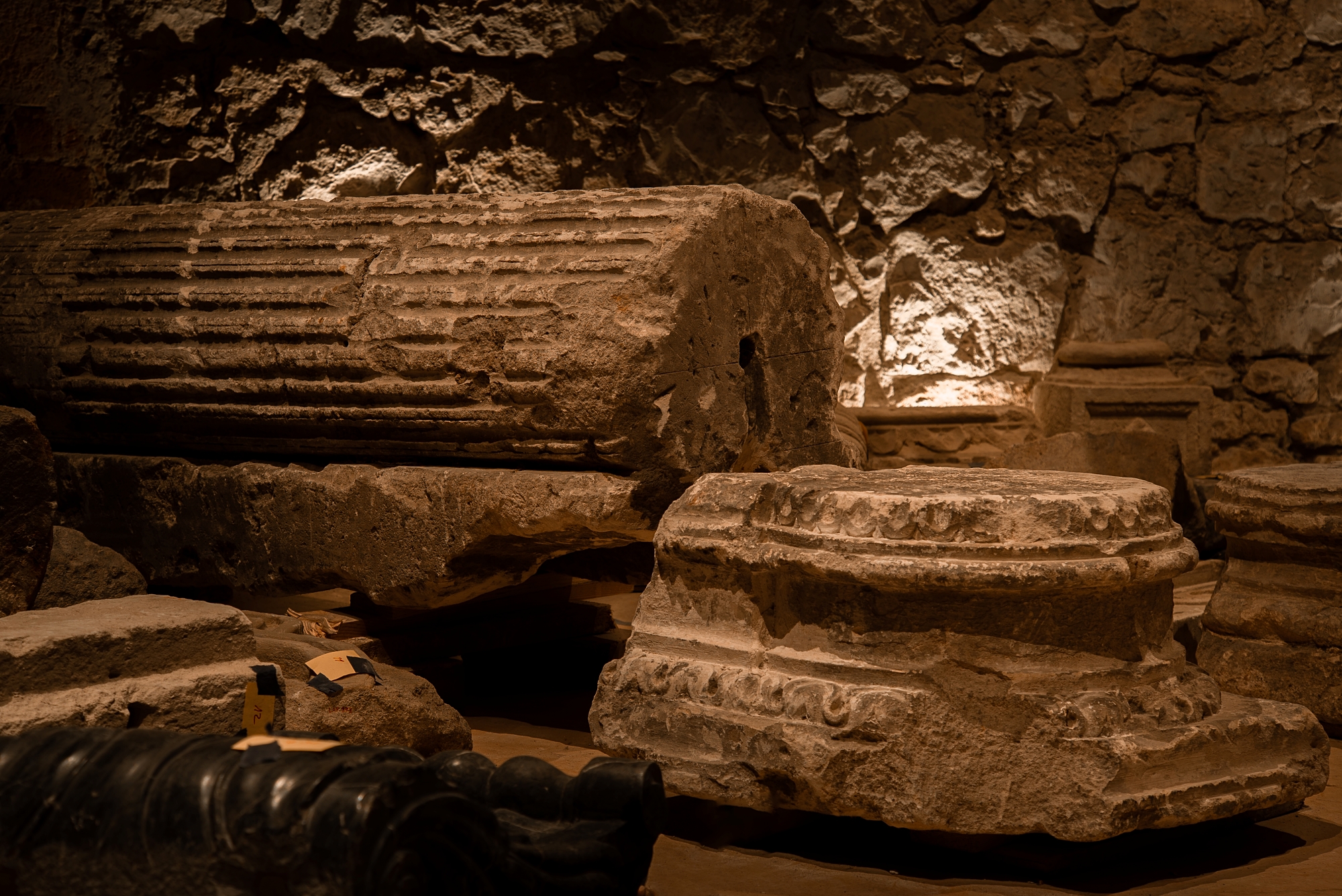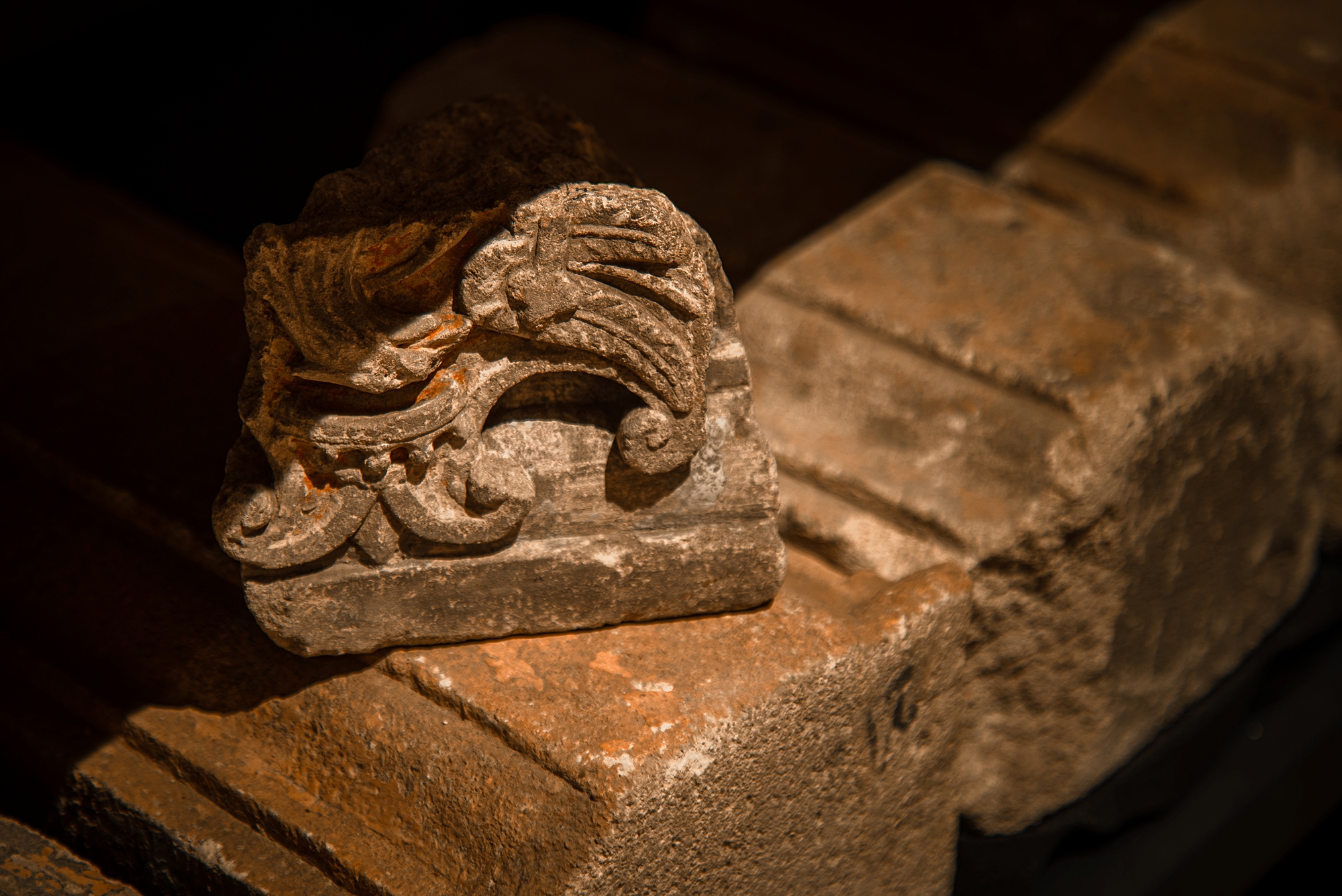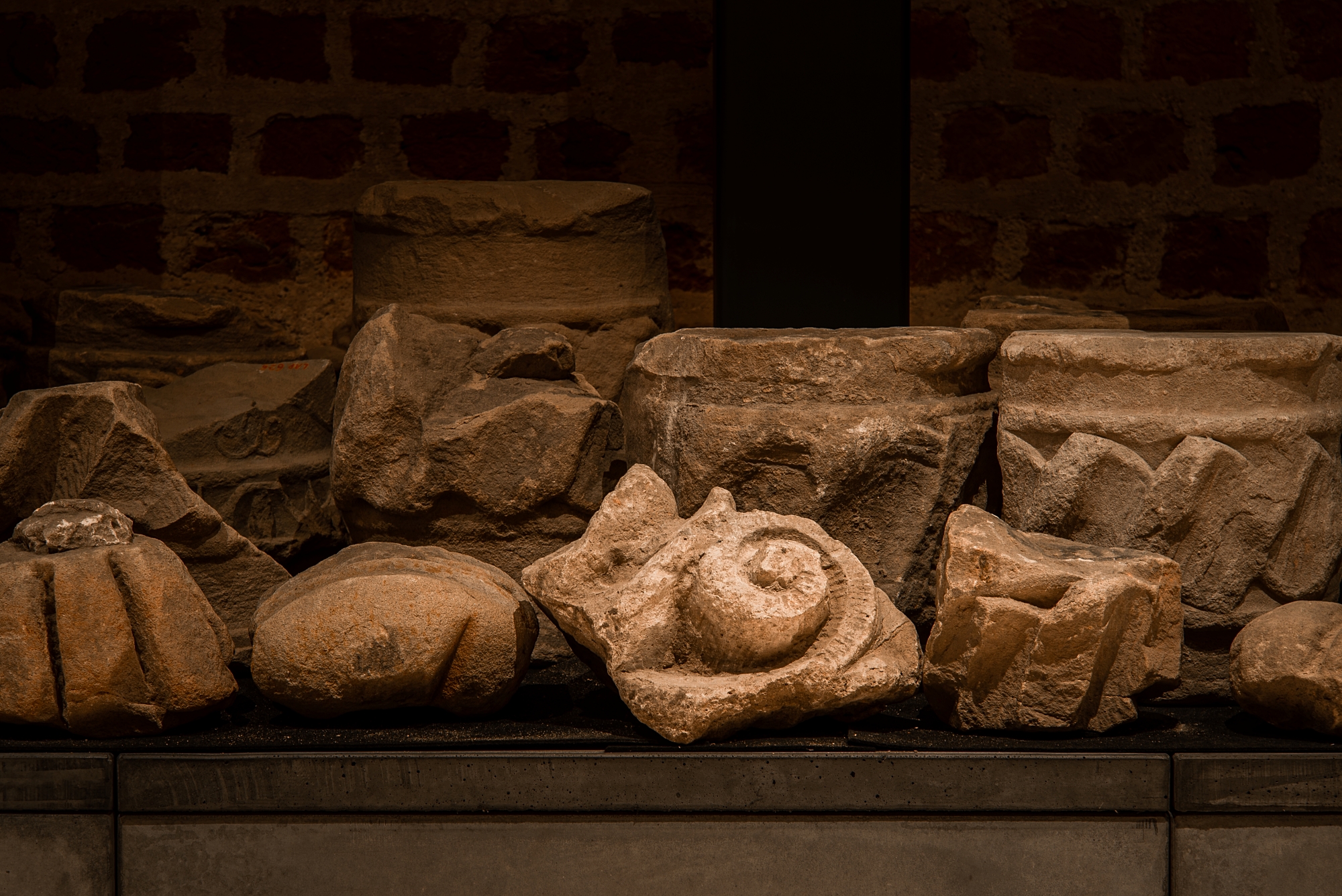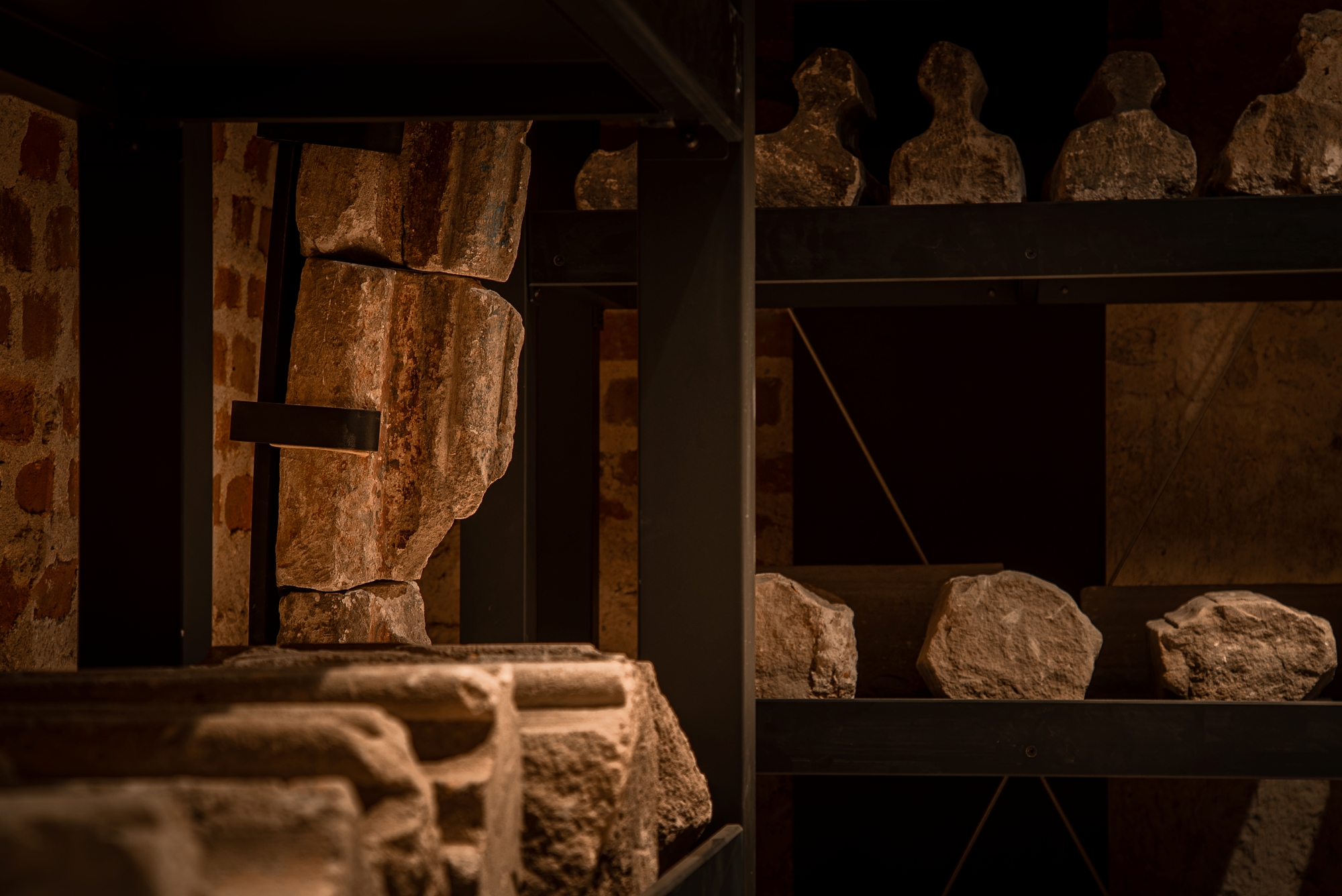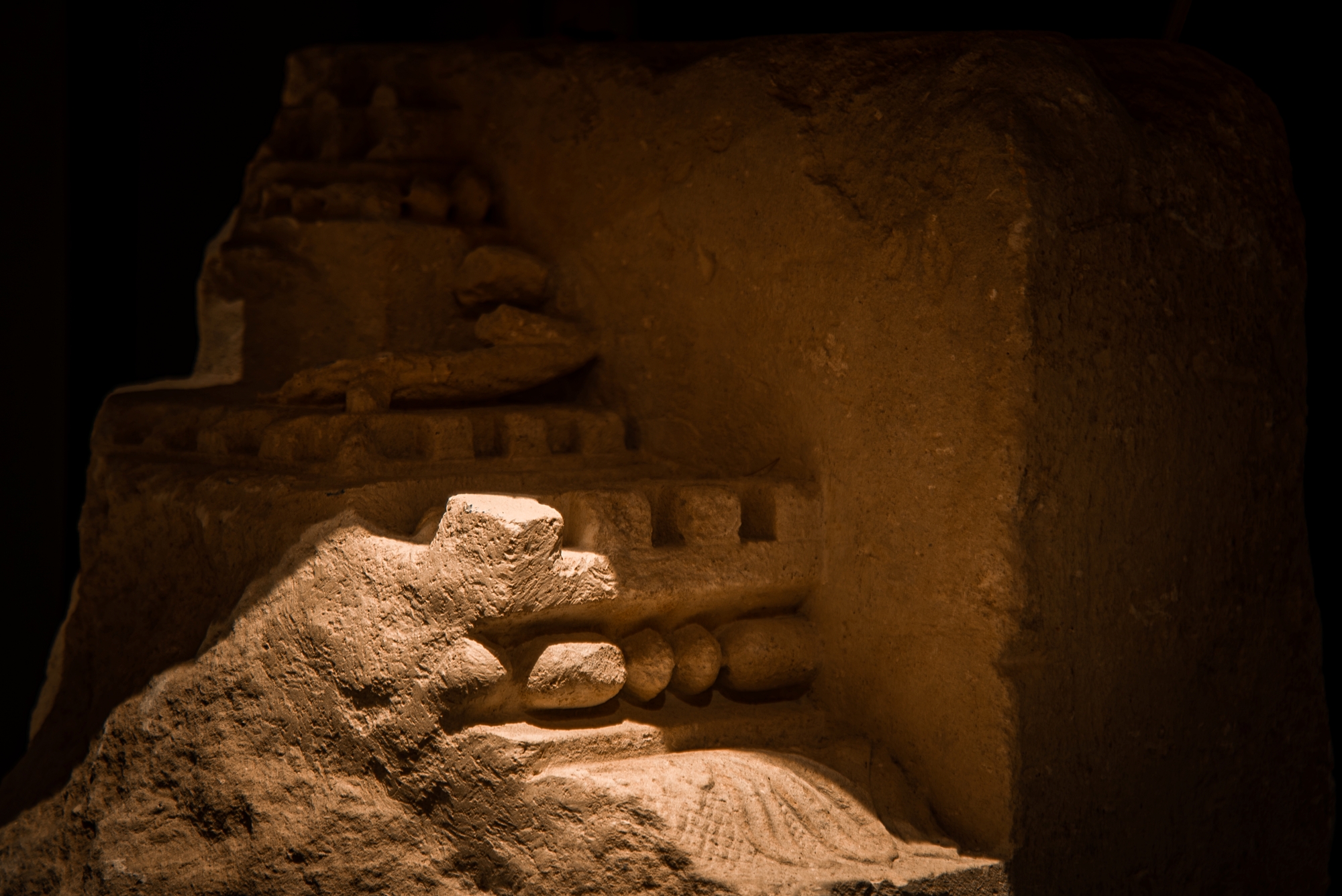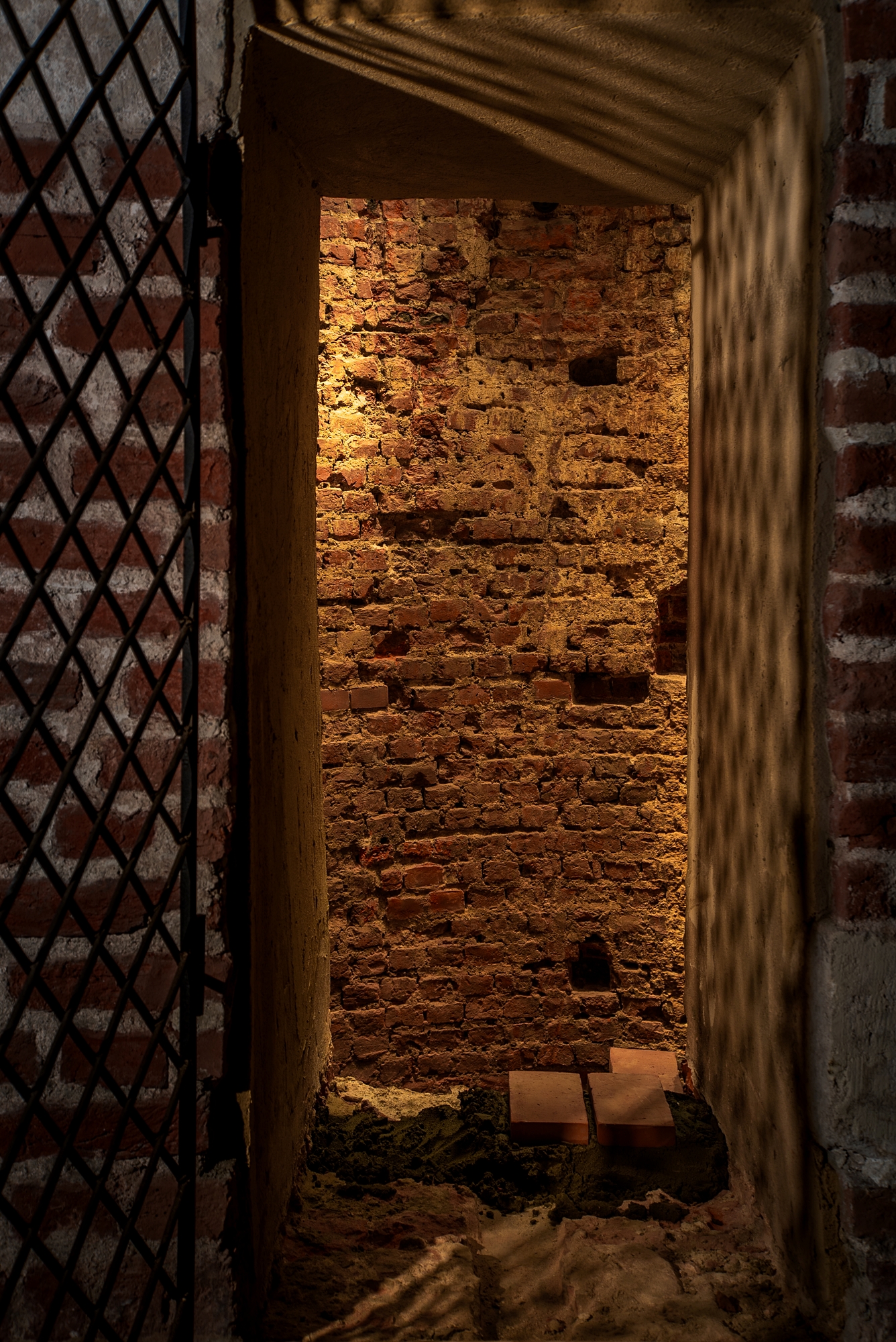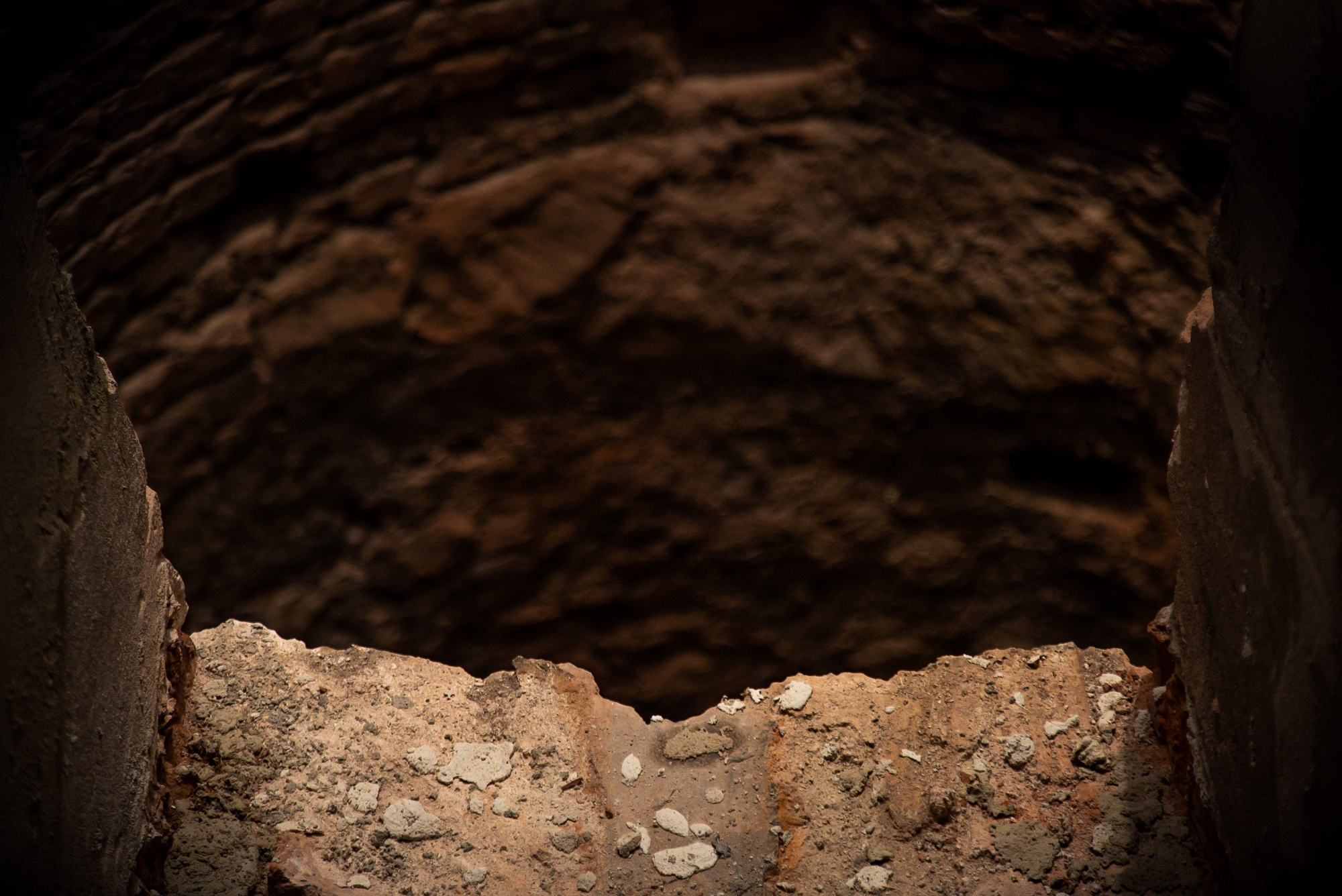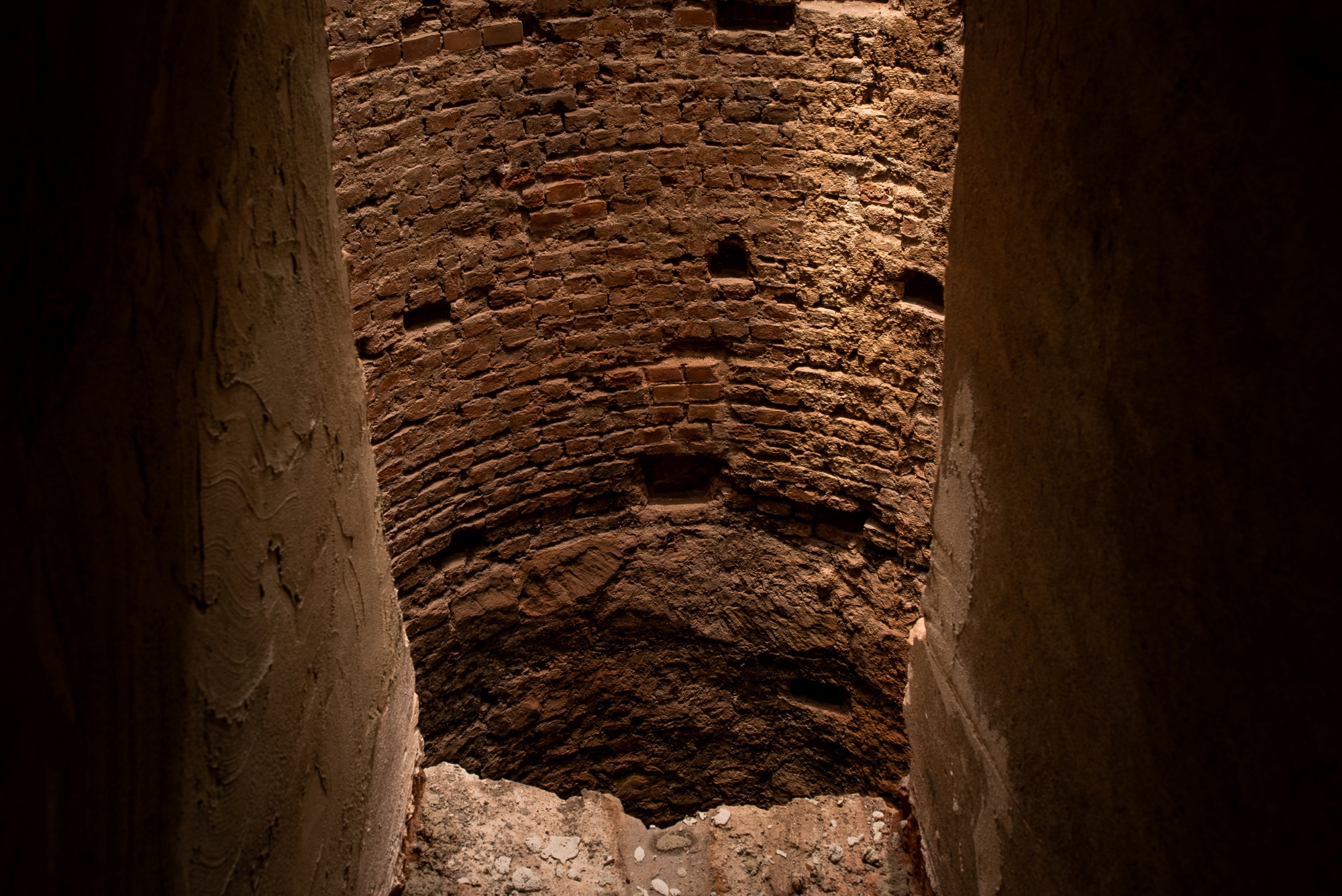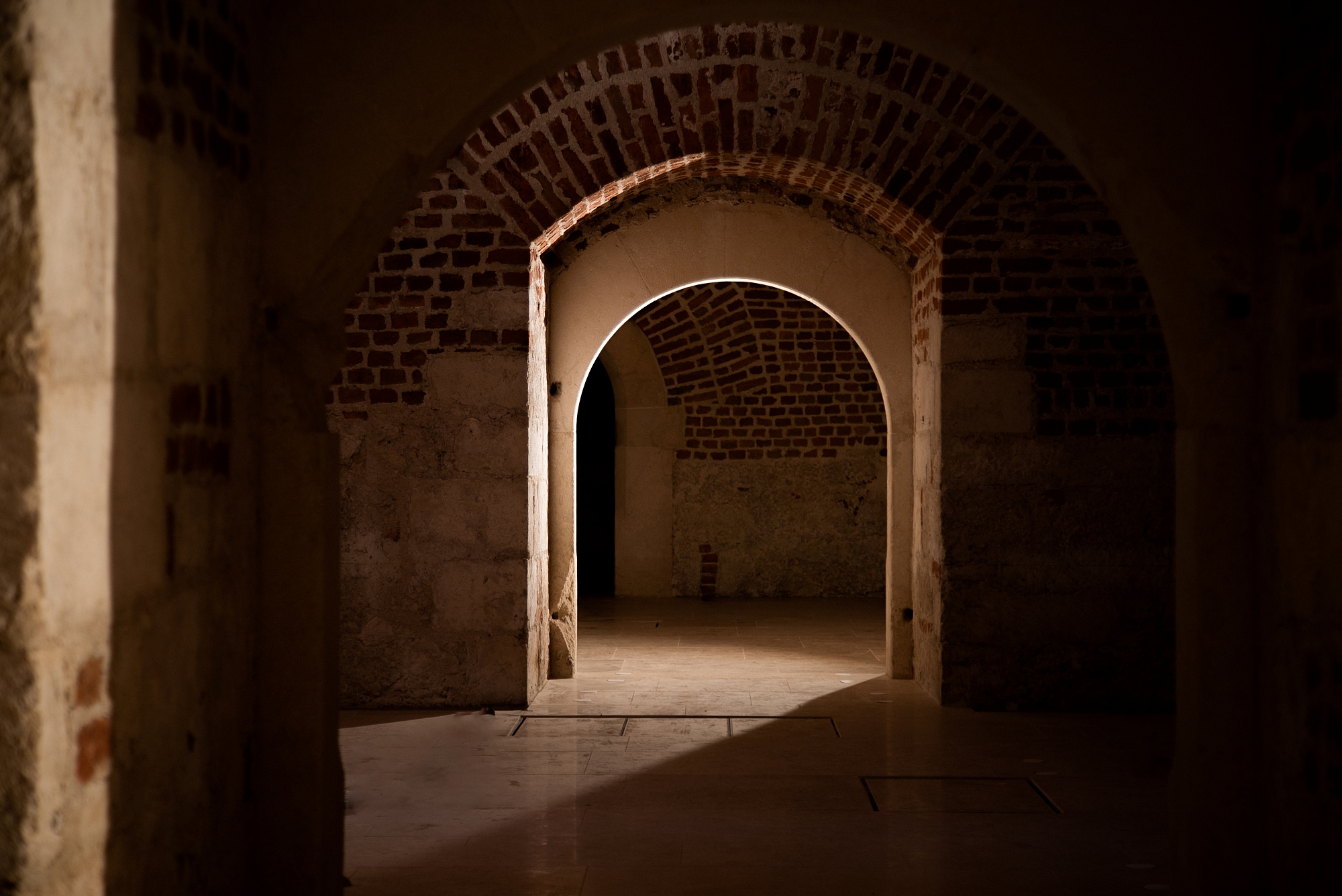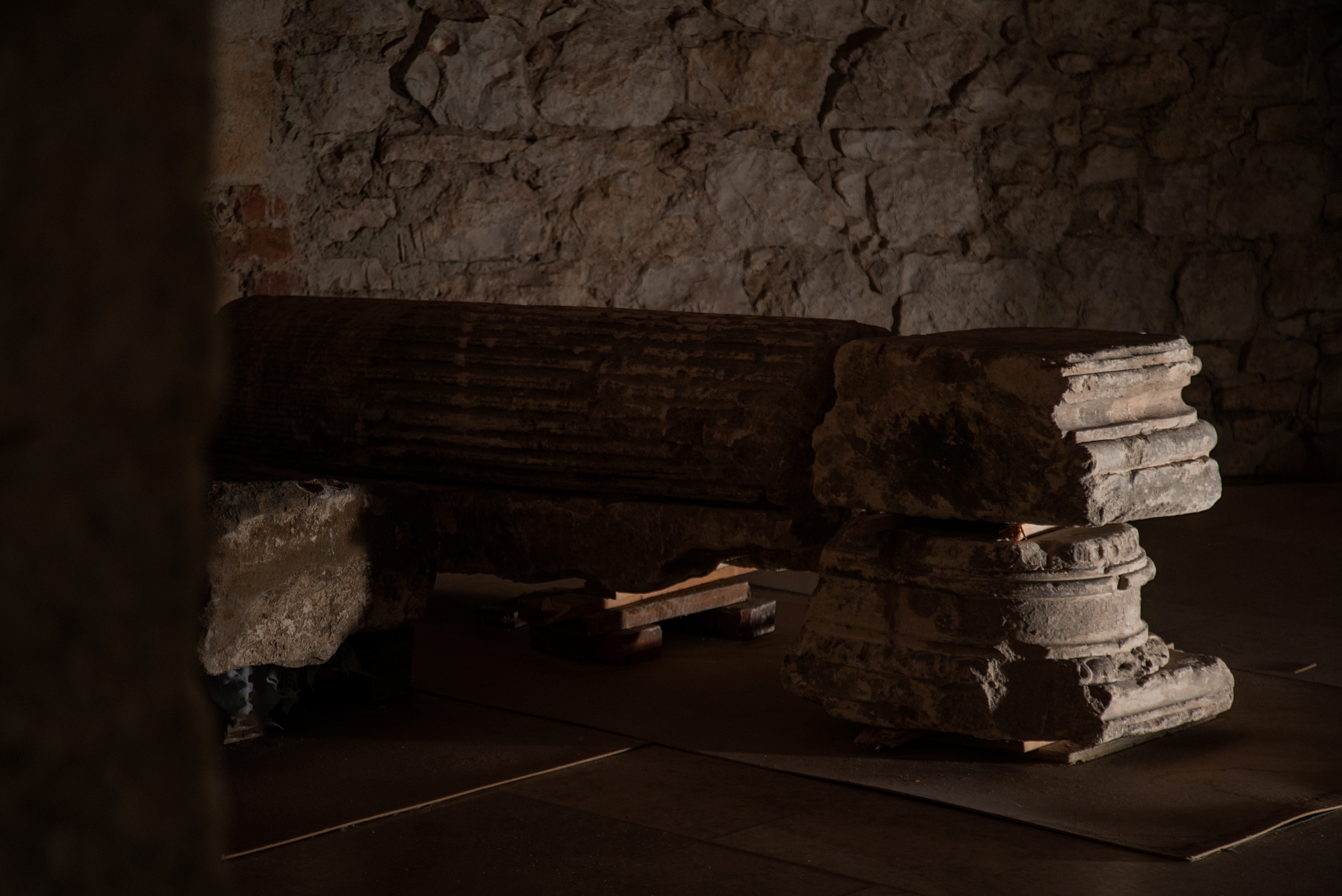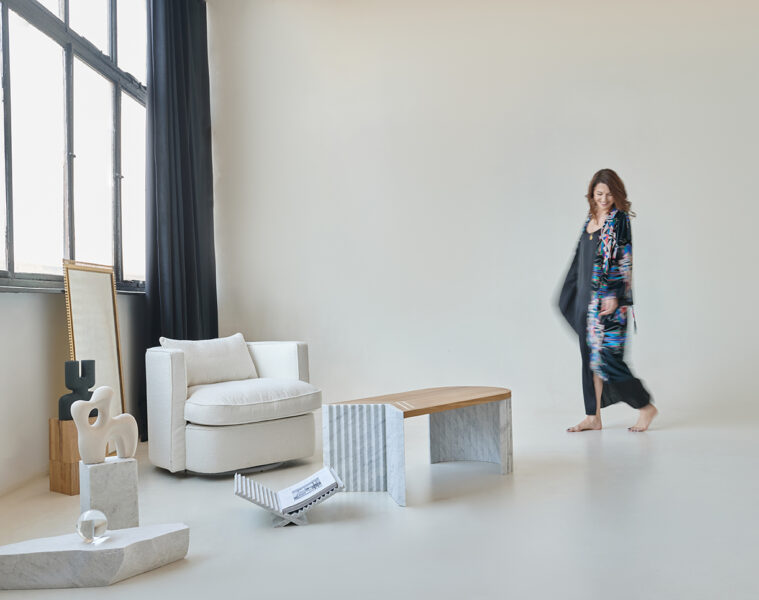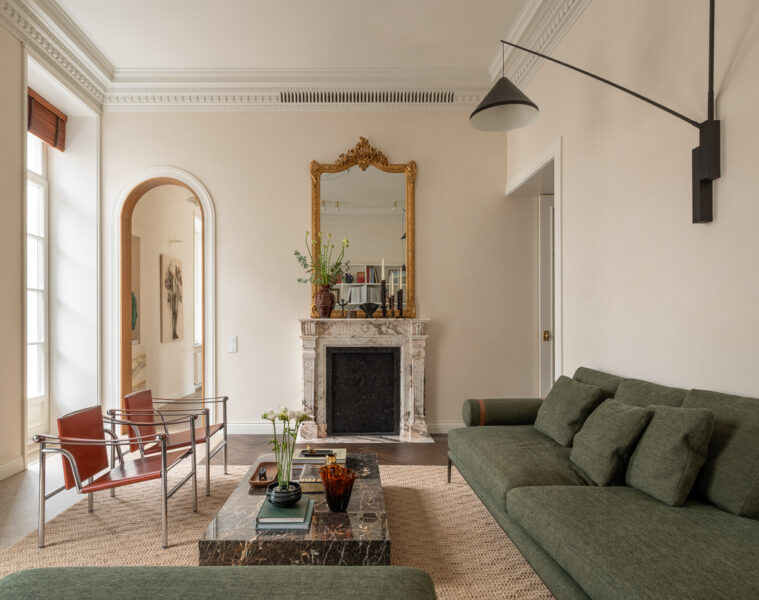Krakow is preparing the exhibition event of the year! At the beginning of January, more than 500 square metres of brand new space will be made available to visitors. For the first time it will be possible to descend into the undergrounds of Wawel castle, where a new Wawel Underground Tour has been created. Lapidarium. The route tells the story of the origins and maintenance history of the Jagiellonian residence.
Wawel Underground. Lapidarium. was created under the eastern wing of the castle. It is a complex and innovative exhibition, archaeological and architectural-building project that stands a good chance of becoming one of the most important museum events. Visitors to the Lapidarium will get a close look at the architectural details found in the palace cellars. Visitors will be able to see for the first time how the Renaissance residence was built, and experience a history that has been hidden for centuries – due to natural causes – but has now been uncovered. Using a play of light and modern technology (self-exploration displays, multimedia projections, 3D reconstructions), clear traces will also be shown of earlier buildings and facilities of the Gothic castle – the lower part of the Jordan Tower and the medieval well.
Wawel Castle. Source: FotoCavallo, CC BY 3.0, via Wikimedia Commons
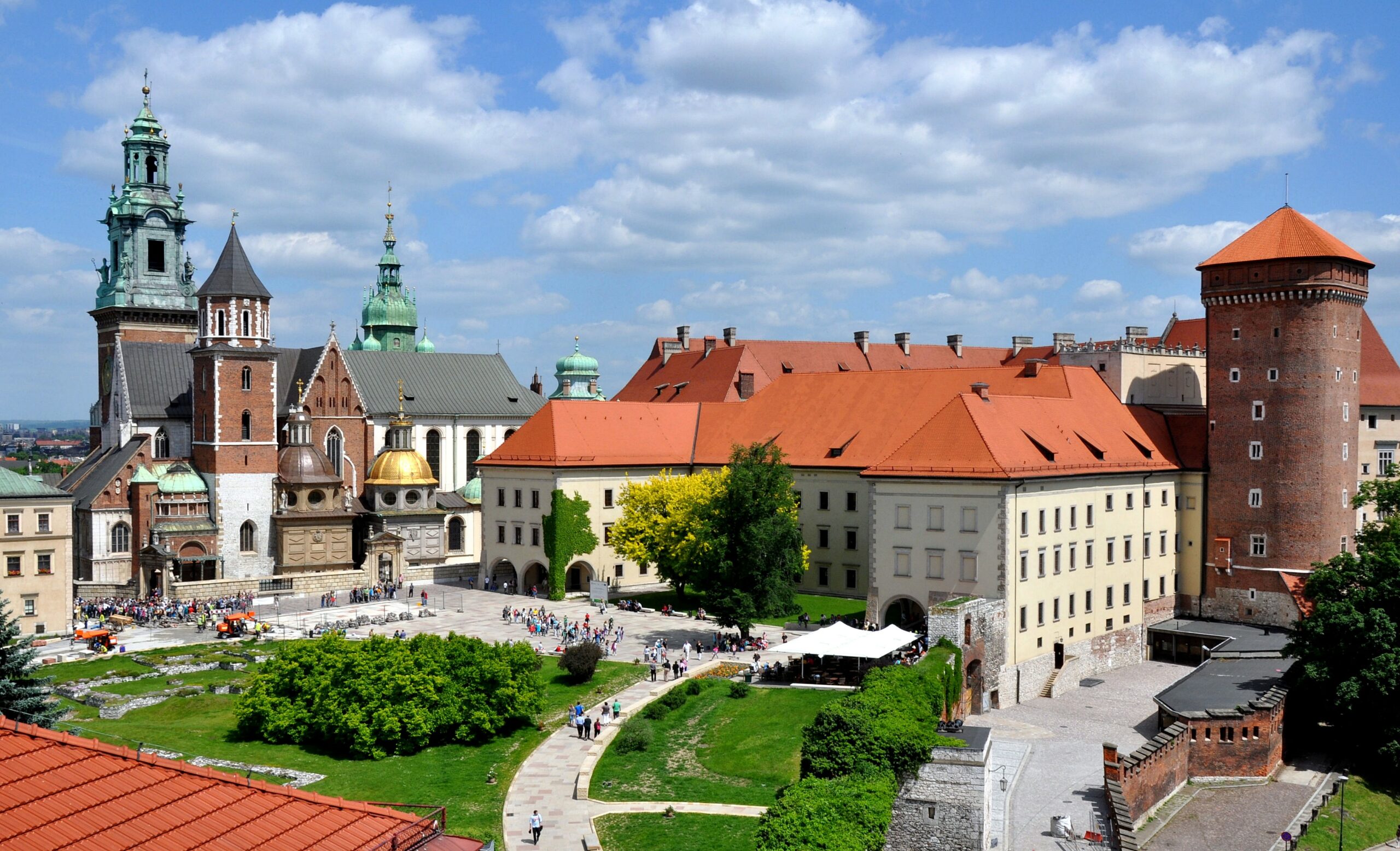
– We want our visitors to leave this exhibition enriched by the experience of history, which is at their fingertips in the Lapidarium. With this exhibition, we are trying to provide an attractive insight into the history of the construction of the mansion, the workshops that built it, we are trying to help our visitors understand the differences in the development of the original detail, and we are showing the various sources of inspiration for individual architectural details. Visitors will thus get to know the perspective of specialists, not only through audio guides included in the entrance ticket, but also through one of the rooms where research studies and educational activities will be possible. Here we will feel like archaeologists, architects, conservators. We will look closely at details, plans, drawings. It will certainly be an unusual experience. By opening up hitherto unknown spaces, we are realising our main mission #wawelopen – to make the museum even more accessible in this way. Of course, we have not forgotten about tourists with special needs. The exhibition is fully accessible for people with disabilities,” says Prof. Andrzej Betlej, director of the Wawel Royal Castle.
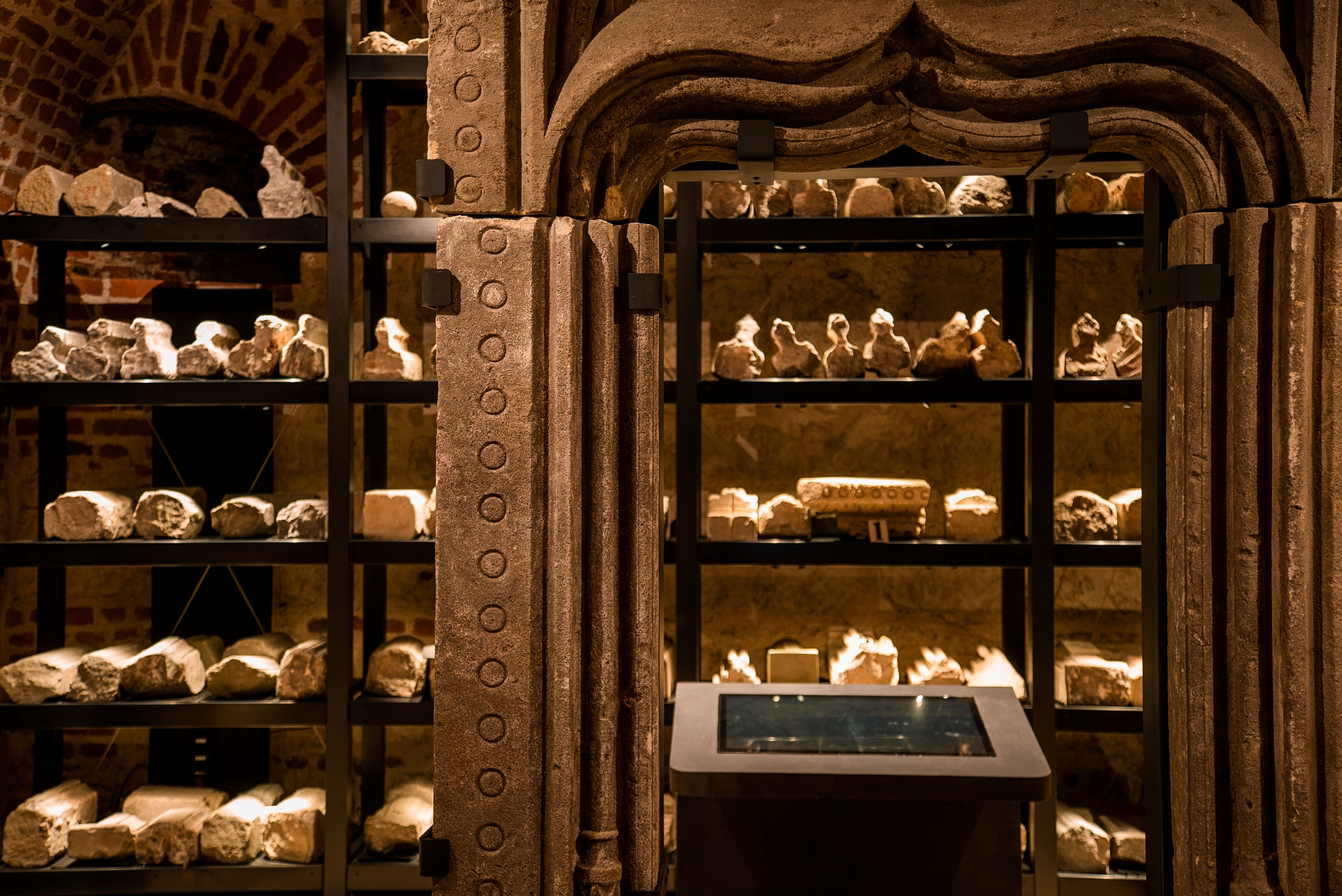
The first room of the Lapidarium is devoted to the story of the reconstruction of the arcaded courtyard. – When the Austrians withdrew from Wawel in 1905, a great discussion began at the doctrinal level – later translated into conservation practice, of course. The issue was how to restore Wawel Castle and other historic buildings. It was a heated debate between a group of local conservators, led by Professor Stanisław Tomkowicz, and a representative of the Austrian authorities, namely Max Dvořák, a pupil of Alois Riegl. The representatives of the first option wanted to restore the former Renaissance beauty of the arcaded courtyard by removing all the brickwork. De facto, they wanted to reconstruct the original form of the Wawel Castle. Dvořák, on the other hand, considered such thinking anachronistic, because according to the doctrine in force at the time, conservators had no right to remove successive historical layers – regardless of their sympathies or antipathies. In his view, all artefacts should be preserved and their life prolonged, rather than restored to their former form,” says exhibition curator Beata Kwiatkowska-Kopka.
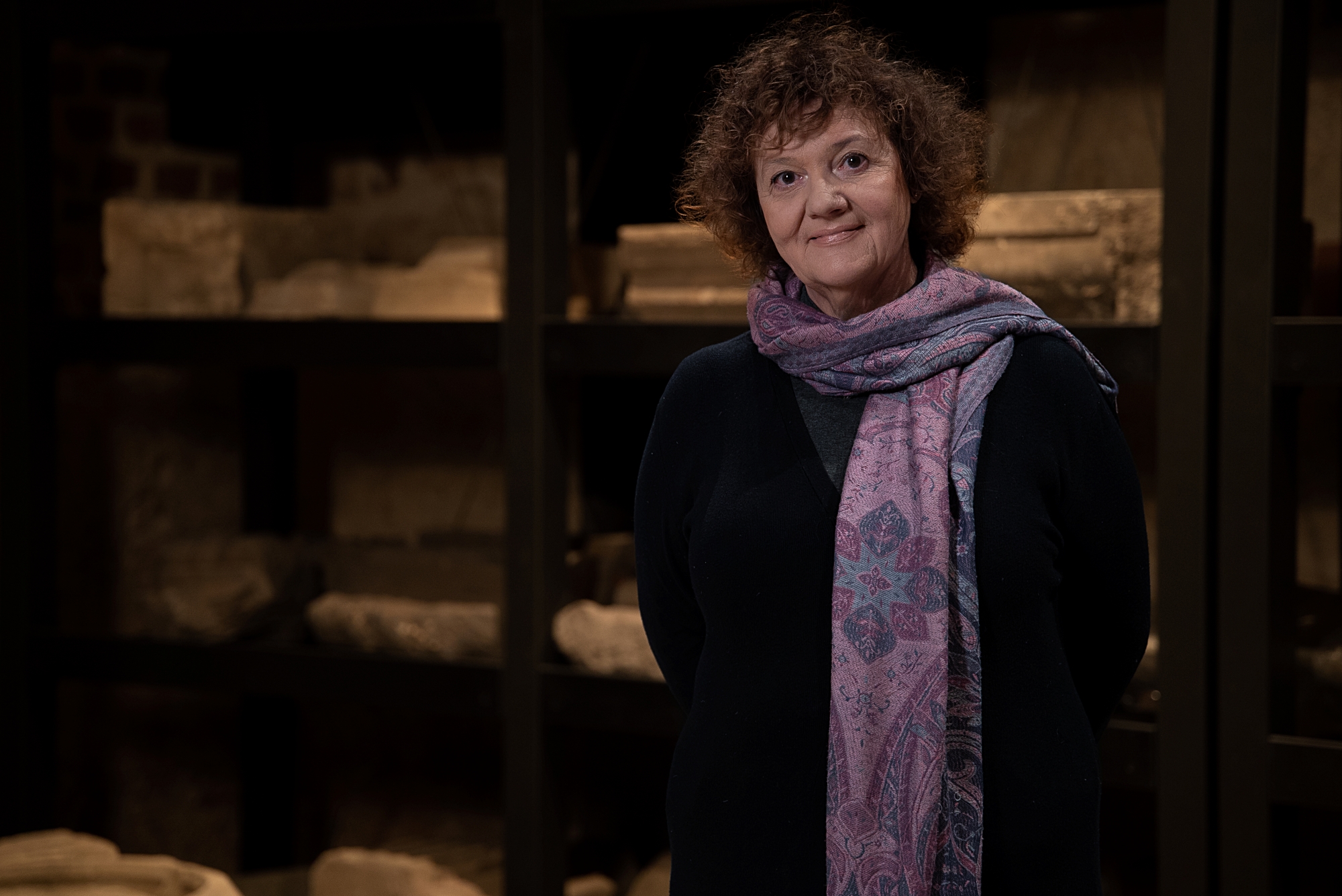
In the end, the option of the reconstructionists who decided to restore the Renaissance character of Wawel won out. – Work began under the direction of Zygmunt Hendel. However, it soon became apparent that most of the architectural details were in a terrible state, so they had to be replaced by copies. The original fragments will be on display in the underground exhibition, including elements of the second floor column of the cloisters: the base, the transept, the capitol and the jug-shaped capitol – a construction very characteristic of Wawel Castle. Our lapidarium is not only an exhibition about the stones that have been saved from the ravages of time, but also about the people to whom Wawel owes its present shape,” continues Kwiatkowska-Kopka.
Wawel cloisters before and after reconstruction. Source: Pomeranian Digital Library and Marcin Białek, CC BY-SA 4.0, via Wikimedia Commons
The Lapidarium exhibition is not only an attractive exhibition space, but also a modern study warehouse that will be continually expanded with new objects and made available to visitors, but will continue to be a place for historians, art historians and researchers of the history of architecture. It will also end up in the hands of educators, who will arrange a modern educational space here for the exchange of experiences, ideas and the reinterpretation of art.
The tour will also include a medieval well, reaching deep into the Wawel rock, still filled with water. A look into its depths will be one of the greatest attractions of this exhibition and at the same time a suggestion for visitors with strong nerves.
– Through the objects collected in the Lapidarium, we also show their belonging. We will therefore see where they were originally located. We have even scanned some of them so that we can see them from all sides. We will penetrate into the fabric of the castle. This impression cannot be conveyed even by the best history lesson, so we invite you to Wawel. After all, Wawel is yours,” adds Prof. Betlej.
The exhibition will open on 4 January 2024.
Photo by Jeremi Dobrzański
Source: Wawel Royal Castle
Read also: Architecture in Poland | Kraków | Museum | Monument | History | Interesting facts


